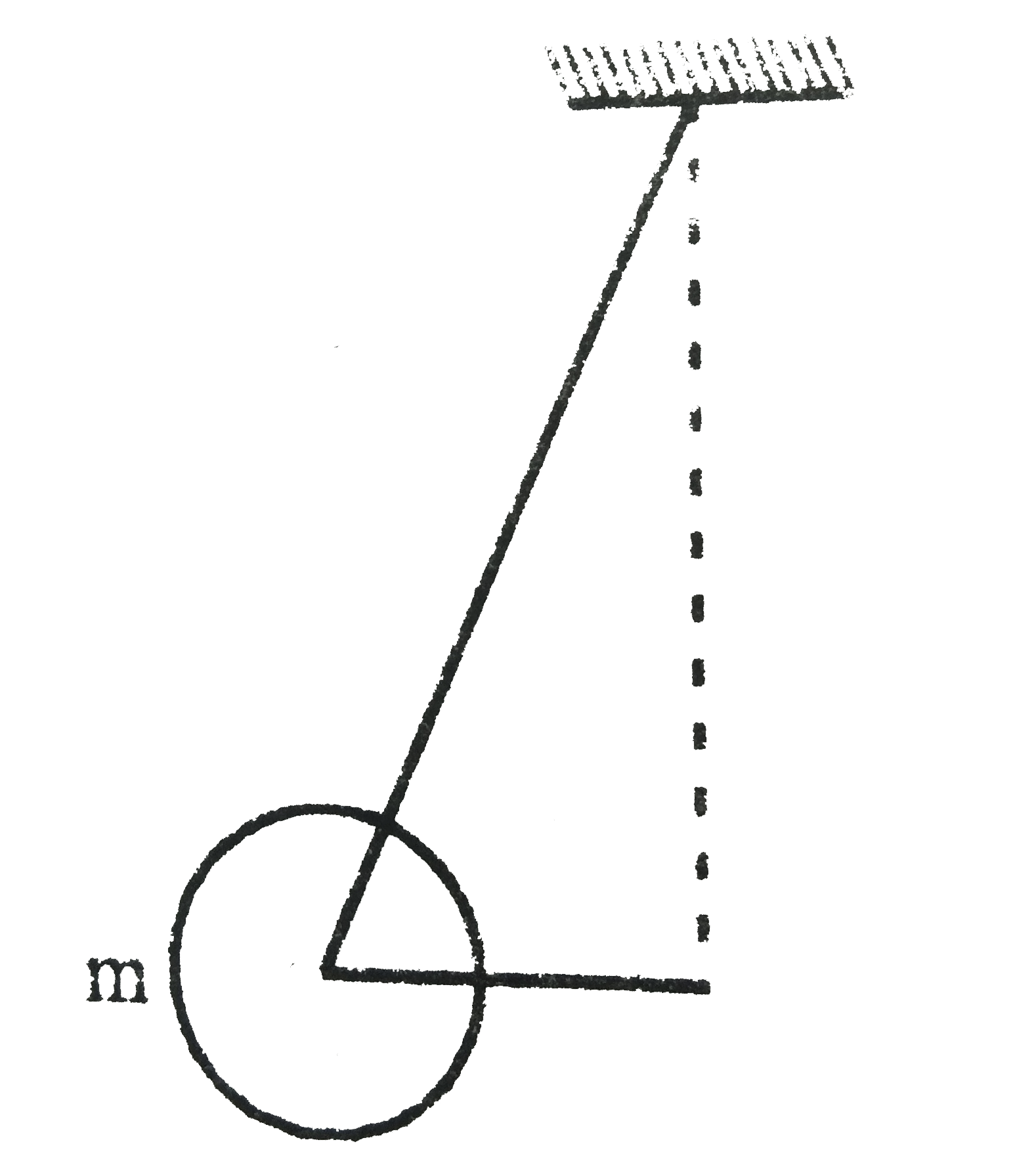Two forces, while acting on particle in opposite directions,have the resultant of 10N. If they act at right angles to each other, the resultant is found to be 50N. Find the two forces?Solution in Gujrati
The correct Answer is:5
From graph A=15,B=1,C=2. Therefore [A/(B+C)=15/3=5]
Topper's Solved these Questions
- BASIC MATHSBOOK - ALLEN CHAPTER - BASIC MATHSEXERCISE - Exercise-02
53 Videos
- BASIC MATHSBOOK - ALLEN CHAPTER - BASIC MATHSEXERCISE - Exersice-03
7 Videos
- AIIMS 2019BOOK - ALLEN CHAPTER - AIIMS 2019EXERCISE - PHYSICS
39 Videos
- CIRCULAR MOTIONBOOK - ALLEN CHAPTER - CIRCULAR MOTIONEXERCISE - EXERCISE (J-A)
6 Videos
Similar Questions
Two vectors →A and →B are such that →A+→B=→A−→B. Then
View SolutionThe direction of the angular velocity vector is along
View SolutionA simple pendulum executing SHM in a straight line has zero velocity at 'A' and 'B' whose distances form 'O' in the same line OAB are 'a' and 'b'. If the velocity half wat between them is 'v' then its time period is
View SolutionA ball of mass (m)0.5kg is attached to the end of a string having length (L)0.5m. The ball is rotated on a horizontal circular path about vertical axis. The maximum tension that the string can bear is 324N. The maximum possible value of angular velocity of ball (radian/s) is -
 .
.
View SolutionTwo vectors acting in the opposite directions have a resultant of 10 units.If they act at right angles toeach other,then the resultant is 50 units.Calculate the magnitude of two vectors.
View SolutionTwo forces, while acting on particle in opposite directions,have the resultant of 10N. If they act at right angles to each other, the resultant is found to be 50N. Find the two forces?
View SolutionTow forces acting on a paritcle in opposite directions have a resultant 1 N . If they act at right angle to each other, the resultant is 5 N . Find the values of two forces.
View SolutionTwo forces acting in opposite direction have resultant 10 N and when acting perpendicularly have resultant 50 N . Find the magnitude of forces.
View SolutionThe greatest and the least resultant of two force acting at a point are 29N and 5N respectively. If each force is increased by 3N, find the resultant of two new forces acting at right angle of each other.
View SolutionThe resultant of two equal forces acting at right angles to each other is 1414 dyne. Find the magnitude of either force.
View SolutionThe maximum and minimum resultant of two forces acting at a point are 10N and 6N respectively. If each force is increased by 3N, find the resultant of new forces when acting at a paint at an angle of 90^(@) with each-other :-
View SolutionTwo equal forces acting at a point, at right angle to each other have a resultant of 14.14N. The magnitude of each forces is
View SolutionThe greatest and least resultant of two forces acting at a point are 29N and 5N. If each force is increased by 3N, find the magnitude of the resultant of the two new forces when they act at right angles to each other.
View SolutionTwo forces 12N and 5N are acting at right angles to each other. Find the magnitude and direction of the resultant force.
View SolutionWhen two forces are acting along the same direction, their resultant is 10N. When the same two forces are acting opposite to each other, their resultant is 8N. Find the forces and their resultant when the angle between them is 45∘
View Solution4 न्यूटन और 3 न्यूटन के दो बल एक - दूसरे के लंबवत कार्यरत है | उसके परिणामी का परिणाम तथा दिशा ज्ञात कीजिए|
View Solution
